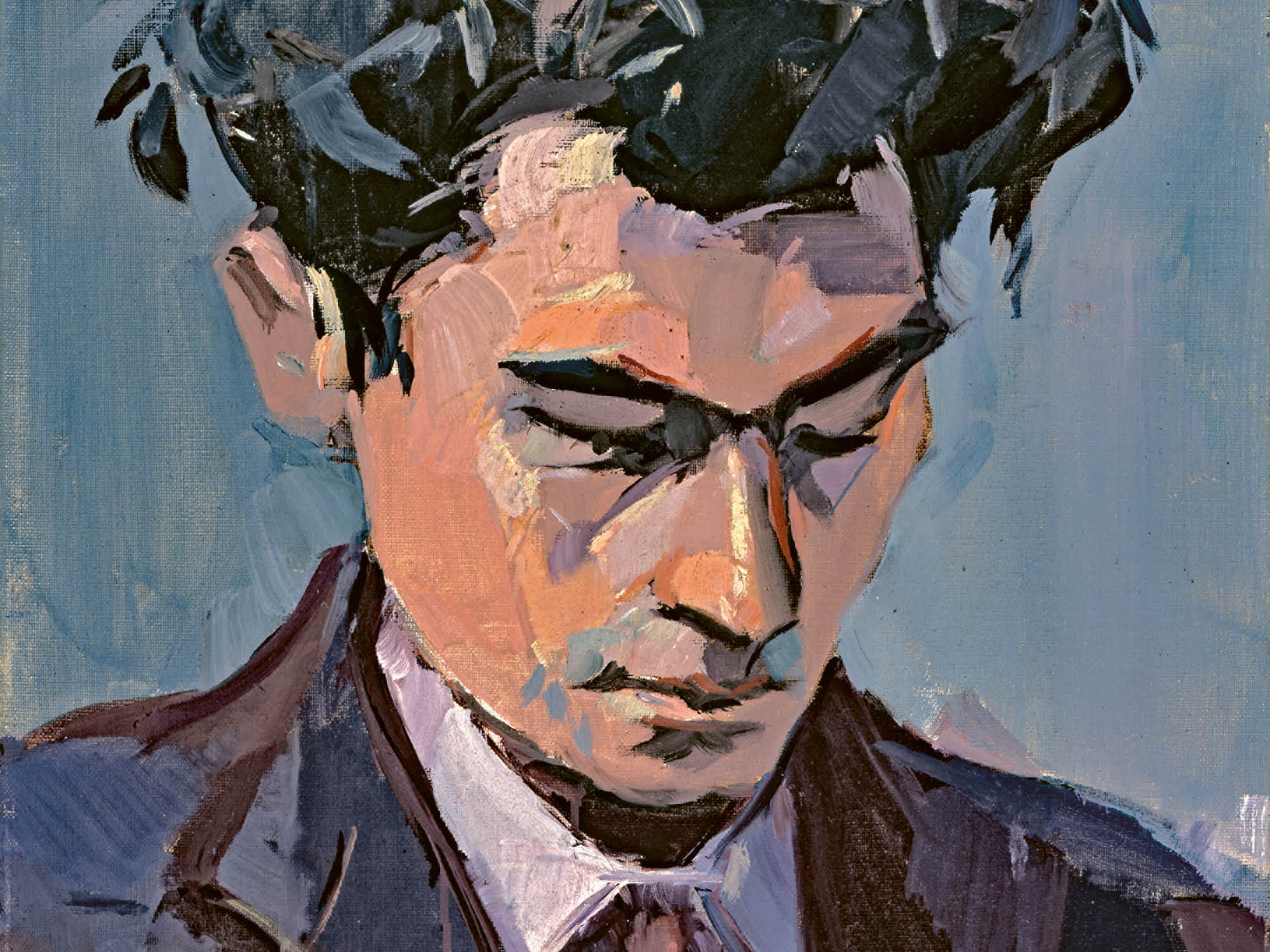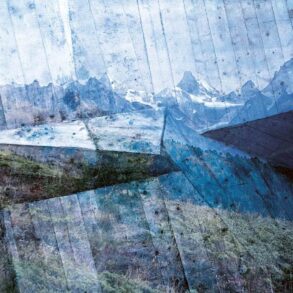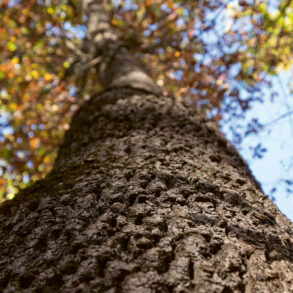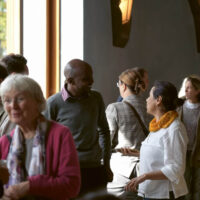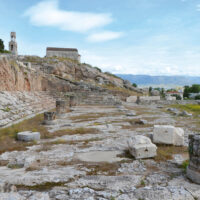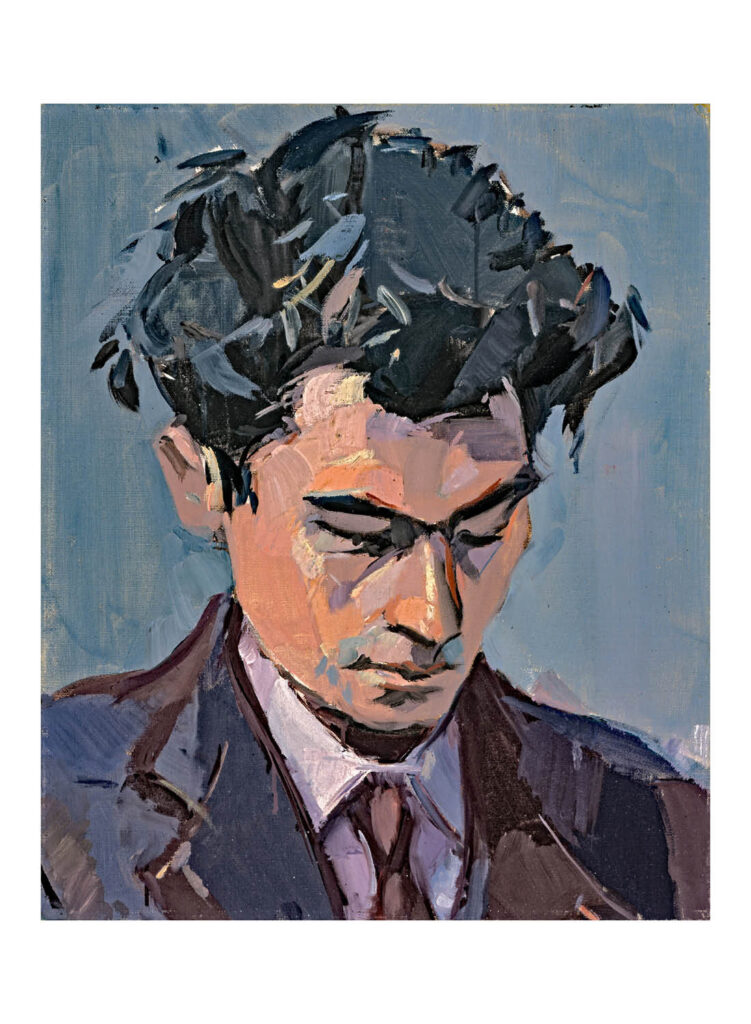
Jean appears, hand outstretched and a shining hat of light on his head—a special hat that perhaps only I can see. This thought does not console me. For Jean is entirely inside that hat, and his words fall out of it. It’s a very positive impression: this man does not speak only with his mouth and throat. In all his sentences, there are flashes of light that seem to come from somewhere else, from above—a precious rain that you want to collect in your hands, write down, and record, but that escapes you because it has nothing to do with stylistic effects. But if I try to explain too much, I get confused. The hat was there, and I looked at it. A few minutes later, Jean’s eyes—eyes that I could not see well because they were not probing, just attentive—were resting on me as I sat some distance away in front of a small white wooden table. Resting on me, those eyes? I must have written that out of habit. In reality, I didn’t feel like they were looking at me at all. […] “A portrait is there to show how a person surpasses themselves,” he said. So the physical face seen was only the enclosure, the door that had to be opened, the way to the other face. He continued: “What I am trying to paint is your gaze. I see that it is not in your eyes. But I see that it has its place in your face: a larger region whose contour I recognize.” That was probably not a figure of speech because, for minutes, I had felt a real force pouring into my cheeks and forehead. I felt that there, at least for a moment, the light—not my light, but the light of the world—was advancing and vibrating on the edge of material existence. […] Without the light that we carry within us, our eyes could never open to the luminous objects, the lights of the world. If the fundamental vibration were not within us, we could never perceive a sound. If love were not within us, we could never be in love with that special being that we—perhaps carelessly—call “our love.” If God were not within us, we could never hope to become human. That is exactly what this very clear encounter in the studio of the painter Jean meant and spoke wordlessly.
Excerpts from “Le monde commence aujourd’hui” [The world begins today], Éditions de la Table ronde, 1959, where Jacques Lusseyran comments on his encounter with Jean Hélion. (Translation from French into German by Louis Defèche.)
Translation Laura Liska
Image See paintings by Jean Hélion in the Goetheanum Weekly, issue 5/2025

